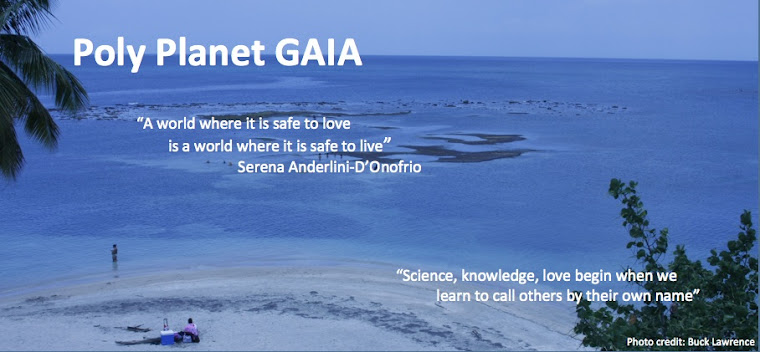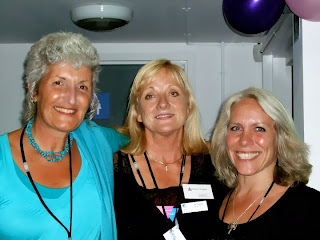Dear Earthlings:
yours truly has been interested in Amrita, the pure pleasure liquid that inundates the Earth with joy. It gushes out of the yoni and was known as the "nectar of the gods." With the divorce of the erotic and the sacred brought about by monotheists, knowledge of this liquid had been lost. There is now a movement to recuperate it. Amrita squirts out of the urethra when it becomes engorged. Every woman has the potential to activate the flow, and a few can. It is very pleasurable. Yours truly makes a pledge: When the world is as preoccupied about Amrita as it is about male ejaculate, we will have peace on Earth.
This quick tale comes from an exercise in "power words," from the course How to Write a Book in 90 Days, by Kamala Devi. The power words used are "waterfall," "explode," and "storm." Thanks Kamala!
Click for a taste of Kamala's initation into Amrita
Here goes the tale:
Waterfall Explodes in a Storm
He was looking at the waterfall out of her yoni. It was copious, abundant, translucent, wet.
He felt something in the relationship was about to explode. He became afraid of it yet could not free himself of the hypnotic spell. He kept staring at the waterfall until the cascade became even more abundant and hypnotic.
There was a storm between them waiting to happen. He knew it. She knew it. They had not had an open heart conversation in months. He eluding her. She eluding him. Each in his/her own way was aware that too much was on the plate, too much had gone unsaid. The explosion was inevitable. So he put his hand under her crotch, felt the translucent liquid warm his palm in a waterfall of wetness.
He looked at her face, strove to meet her gaze, otherworldly, hypnotized by her own pleasure.
"Shall we resume our open-heart conversations?"
Amrita, November 2, 2011
Dear Earthlings:
The ecology of life is always love. But love comes in many many different ways. Things in nature evolve out of joy and pleasure. And if we only acknowledged the sacredness of that, we'd have nothing to interpret as scarcity or pain. Let's stay tuned for that day!





Dear Earthlings:
The ecology of life is always love. But love comes in many many different ways. Things in nature evolve out of joy and pleasure. And if we only acknowledged the sacredness of that, we'd have nothing to interpret as scarcity or pain. Let's stay tuned for that day!
Education is the heart of democracy. And that includes education to love. More posts on this topic. Next is an Italian novella, Ode alla Fonte Pura, Ode to the Pure Source. Stay tuned. We will post every Thursday at noon.
Did you enjoy the post? Let us know! Yours truly appreciates your attention. The comments box is open.
Namaste,
Did you enjoy the post? Let us know! Yours truly appreciates your attention. The comments box is open.
Come back! And stay tuned for more wonders.
Namaste,
Serena Anderlini-D'Onofrio, PhD
Gilf Gaia Extraordinaire
Author of Gaia and the New Politics of Love and many other books
Professor of Humanities
University of Puerto Rico, MayaguezProfessor of Humanities
Follow us in the social media
Poly Planet GAIA Blog: http://polyplanet.blogspot.
Website: www.serenagaia.com
Become a Fan: www.facebook.com/GaiaBlessings
Author's Page/Lists all books: http://www.amazon.com/-/e/
YouTube Uploaded Videos: http://www.youtube.com/



















